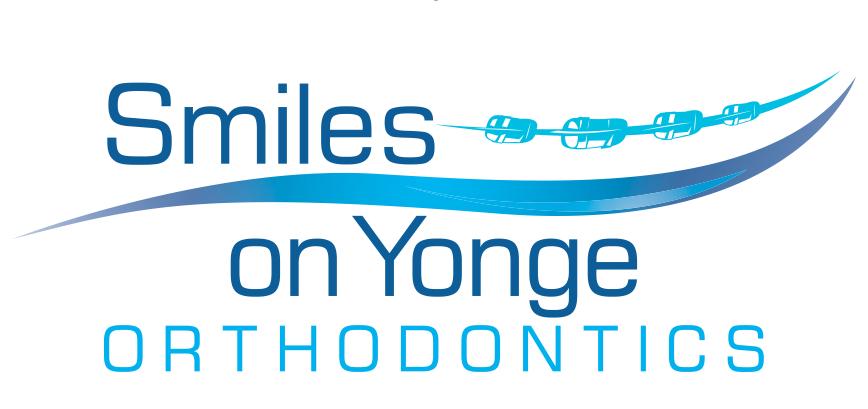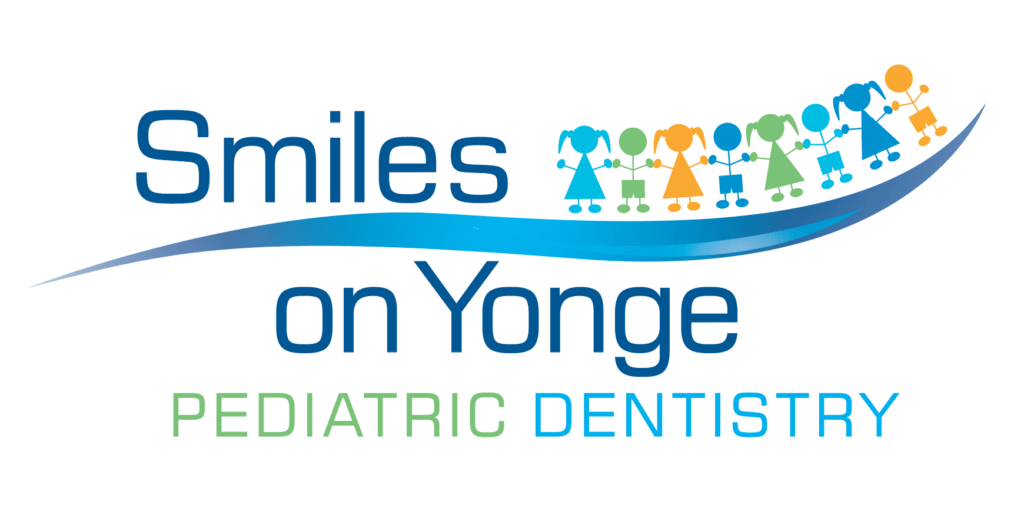
BLOG
Aftercare: How Soon Can I Brush My Teeth After A Filling?

Dental fillings are an effective solution dental experts commonly use to restore teeth damaged by decay back to their normal function and shape. But after undergoing a filling procedure, patients often wonder, “How soon can I brush my teeth after a filling?” Your dentist will first remove the decaying tooth material from the damaged area, clean it, and then use a filling substance to fill the cavity that has been cleaned out. This material helps prevent further decay by closing off spaces where bacteria can enter.
Brushing after a filling: When is the right time?
The timing of brushing your teeth after a filling depends largely on the type of filling material the dentist will use:
Amalgam fillings: If you’ve received an amalgam (silver) filling, you should wait at least 24 hours before brushing the treated area to allow the filling to completely set and harden.
Composite fillings: On the other hand, composite (tooth-colored) fillings harden almost instantaneously under a special curing light used by your dentist. Therefore, you can brush your teeth as you normally would, even on the same day you received the filling.
Regardless of the filling type, it’s recommended to brush gently around the treated area to avoid discomfort, as the tooth may be sensitive just after the procedure.
Factors affecting brushing time post-filling
Several factors determine how soon you can brush your teeth after getting a filling:
1. Type of filling material: Different filling materials have different hardening and setting times which affect when you can resume brushing.
2. Size and location of the filling: Larger fillings and those located in hard-to-reach areas may require more caution and a longer waiting period before brushing.
3. Personal oral sensitivity: Some patients may experience tooth sensitivity or discomfort after a filling, which could affect their ability to brush immediately.
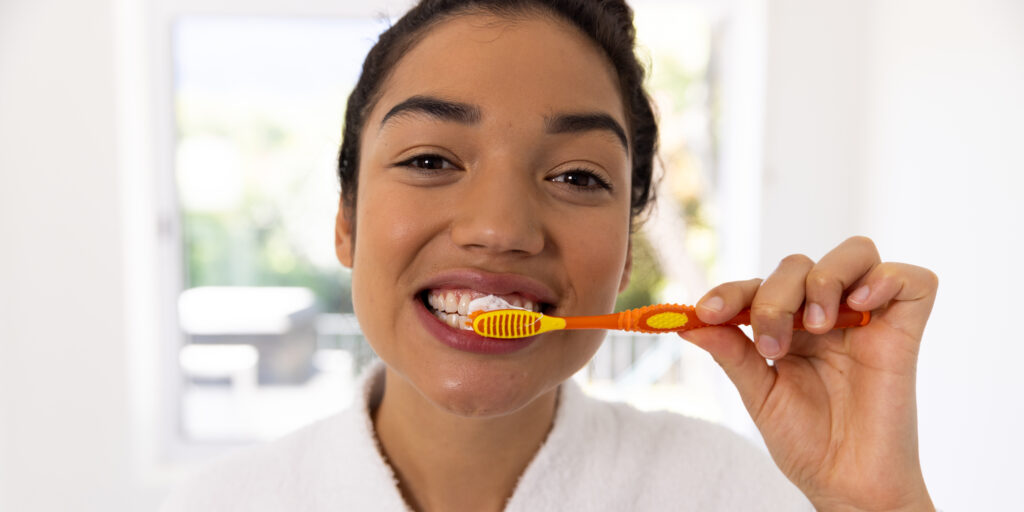
Techniques for brushing with new fillings
Regardless of the type of filling, gentle brushing is recommended after the procedure. Use a soft-bristled toothbrush and gently clean around the filling to avoid causing any discomfort or dislodging the filling.
Foods and habits to steer clear from
To ensure the longevity of your dental filling, there are certain foods and habits you should avoid:
Hard foods: Foods like nuts, hard candies, and ice can damage the filling, especially in the initial days post-filling.
Sticky foods: Chewy candies and gum can potentially pull out a new filling, so avoid these.
Hot and cold foods: Extreme temperatures can cause sensitivity in the newly filled tooth.
Poor dental hygiene: Skipping on brushing and flossing can lead to further tooth decay, possibly compromising the filling.
Identifying activities that risk dislodging fillings
Certain activities can also pose a risk to your new filling:
Teeth grinding: Also known as bruxism, this can cause damage to the filling. If you have a bruxism habit, discuss it with your dentist to explore preventive measures like mouth guards.
Using teeth as tools: Opening bottles or tearing packaging with your teeth can potentially dislodge the filling.
Chewing on non-food items: Habits like chewing on pen caps, ice, or fingernails can potentially damage the filling.
Aftercare instructions
A vital part of ensuring the longevity of your dental filling lies in the aftercare:
Avoid hard foods: Since the filled tooth may be sensitive, it’s best to avoid hard or chewy foods for a few days.
Mind hot and cold foods: Your tooth may be temporarily sensitive to extreme temperatures. If possible, avoid consuming overly hot or cold food items.
Gentle brushing and flossing: Brush and floss gently around the treated tooth to prevent discomfort or damage. Your dental professional will guide you on the best techniques.
Over-the-counter pain relief: If you experience any pain or discomfort after the procedure, over-the-counter painkillers can help.
Regular dental check-ups: Maintain regular dentist appointments to monitor the health and functionality of your filling.

What if the pain persists?
While some degree of sensitivity or discomfort is expected after receiving a dental filling, it should recede within two weeks. If the discomfort persists, or if you feel a sharp edge or bite discomfort, you may need an adjustment and should contact your dentist right away.
Role of oral hygiene in longevity
Maintaining your oral hygiene goes a long way in determining the longevity of your filling. This includes regular brushing, daily flossing, and using an antibacterial mouthwash. A well-maintained filling can last for many years, protecting your tooth from further decay and ensuring a healthy smile.
Takeaway
While it’s imperative to maintain oral hygiene, knowing when to resume brushing after a filling procedure is crucial to avoid causing damage or experiencing discomfort. Remember, the type of filling material dictates the suitable time for brushing. However, maintaining a gentle approach immediately after the procedure is recommended regardless of the filling type.
In case of persistent pain or discomfort, don’t hesitate to reach out to your dentist. Post-procedure care and regular dental check-ups help ensure optimal oral health and enhance the longevity of your filling. So, here’s to preserving your beautiful smile with a well-cared-for filling!

Restore your smile with dental fillings
Cavities can cause discomfort and lead to further tooth decay if left untreated. Dental fillings can help your teeth perform and look their best again. Schedule your appointment today with Smiles on Yonge for a comfortable and efficient treatment process.
Recent Posts


How can parents help prevent tooth decay?
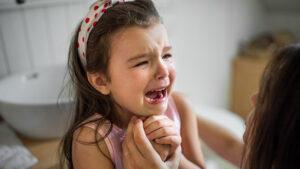
Mamelons

Aftercare: How Soon Can I Brush My Teeth After A Filling?

Dental Sealants for Baby Teeth?
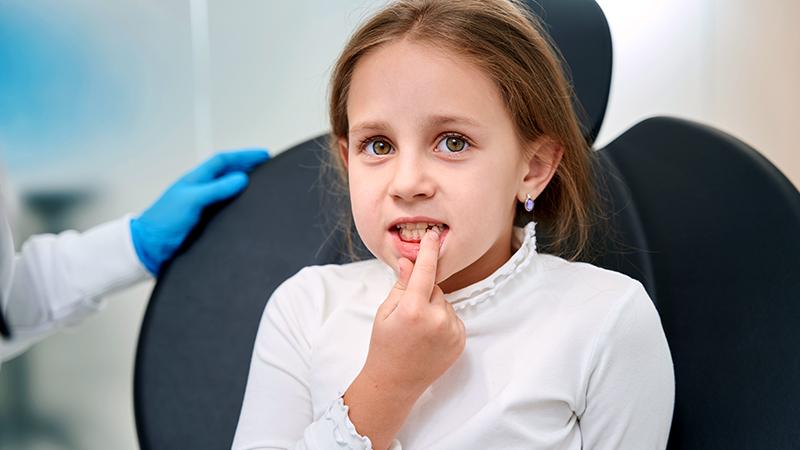
How can parents help prevent tooth decay?
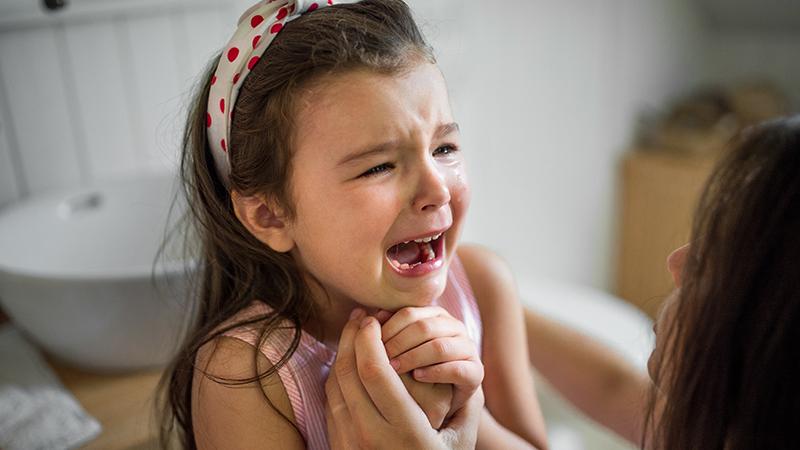
Mamelons

Aftercare: How Soon Can I Brush My Teeth After A Filling?

Dental Sealants for Baby Teeth?

How can parents help prevent tooth decay?

Mamelons

Aftercare: How Soon Can I Brush My Teeth After A Filling?
Keep in Touch!
Smiles on Yonge
Monday: 8:00am - 4:00pm
Tuesday: 9:30am - 6:30pm
Wednesday: 8:00am - 4:00pm
Thursday: 9:30am - 6:30pm
Friday: 10:00am - 4:00pm
Saturday: by appointment only
Keep in Touch!
Recent Posts

Dental Sealants for Baby Teeth?

How can parents help prevent tooth decay?

Mamelons

Aftercare: How Soon Can I Brush My Teeth After A Filling?
Contact Us
Privacy Policy | Terms of Use | Sitemap
A Dentistfind Website
